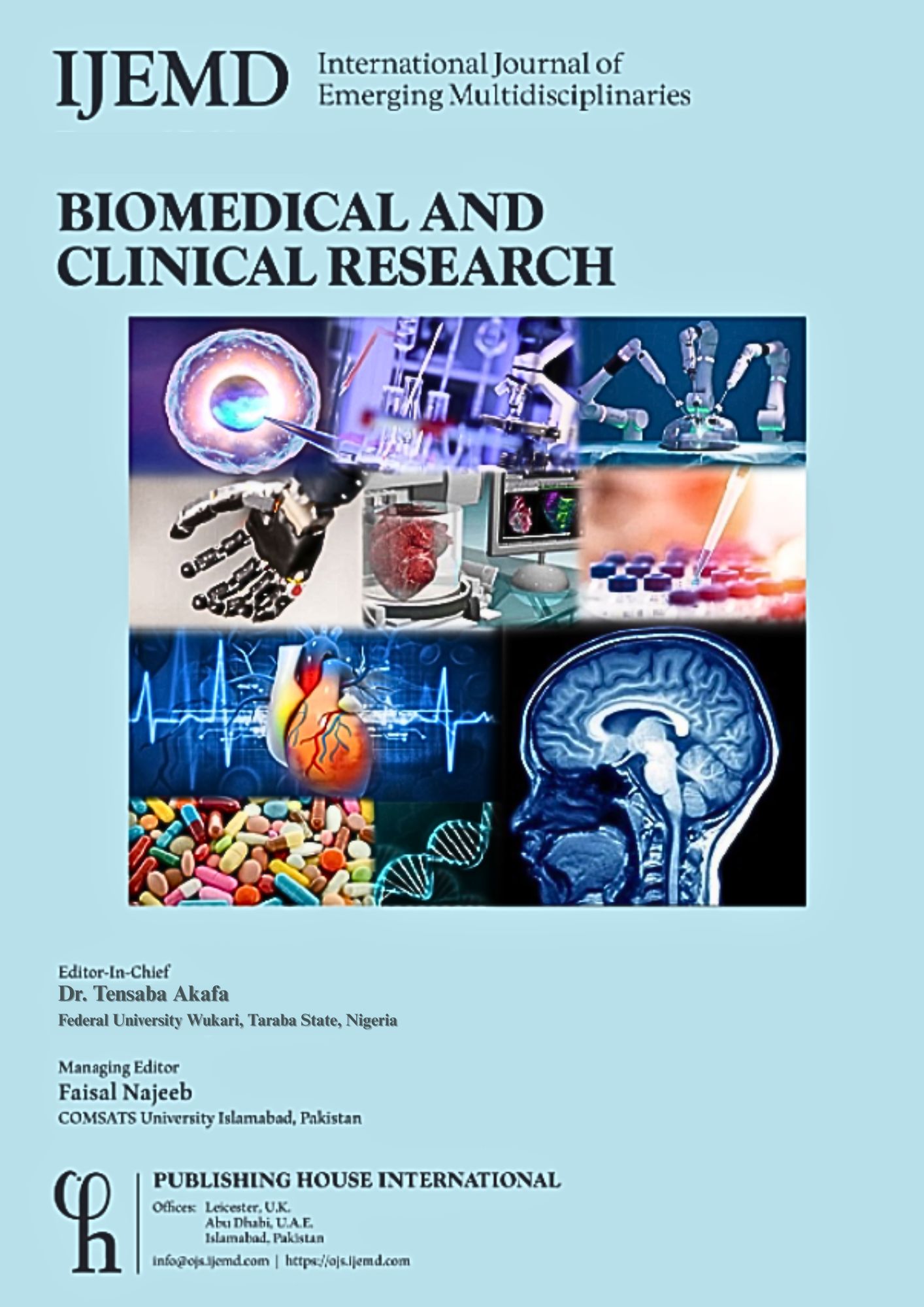Morbidity and Mortality of Typhoid Intestinal Perforation Among Children in Nigeria 2003 - 2023: A Scoping Review
DOI:
https://doi.org/10.54938/ijemdbmcr.2025.03.1.409Keywords:
Complications, Morbidity, Mortality, Pediatrics, Typhoid intestinal perforation.Abstract
Background: Typhoid intestinal perforation (TIP), a severe complication of typhoid fever, occurs when the infection leads to the perforation of the intestinal wall, resulting in life-threatening conditions. The resultant fulminating generalized peritonitis, intra-peritoneal abscess, septicaemia, imbalance in serum electrolytes and severe malnutrition are the usual causes of death in TIP.
Methods: This scoping review was conducted using the PRISMA-ScR checklist, the following databases were searched Science Direct, ProQuest, PubMed, AJOL and Google Scholar. Data was then extracted from the 15 studies that were found to have met the inclusion criteria.
Results: All the included studies were conducted in tertiary healthcare facilities, 13 of them were retrospective studies. The mortality rate ranged from 4.7% to 75%. SSI was the most commonly reported post-operative complication, ranging from 9.5% to 83.3%, others were ECF, wound dehiscence and intra-abdominal abscess.
Conclusion: TIP is a leading cause of morbidity and mortality among pediatric population in Nigeria. Late presentation, poor pre-operative preparation and presence of multiple intestinal perforations impact significantly on morbidity and mortality of patients. This can be prevented by provision of safe WASH facilities and improving access to healthcare.










